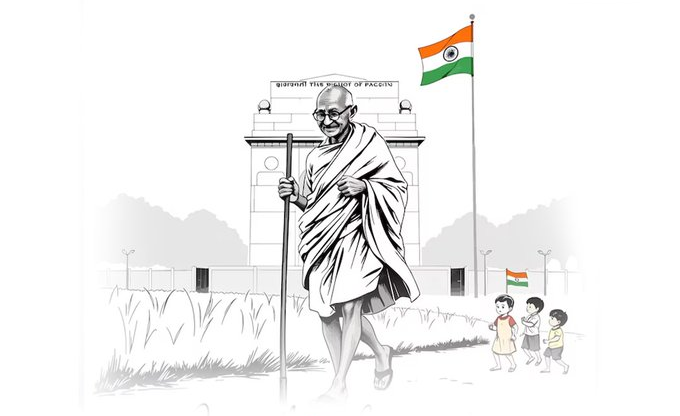Today, the entire nation comes together to celebrate Vijayadashmi, also known as Dussehra, a festival symbolizing the eternal triumph of good over evil. Marking the victory of Lord Ram over the demon king Ravana, this auspicious day reminds us of the power of righteousness, justice, and moral integrity.
Vijayadashmi also brings the grand festivities of Navratri and Durga Puja to a close, blending the vibrancy of cultural traditions with spiritual significance. Across the country, effigies of Ravana are burnt, symbolizing the destruction of evil, while prayers are offered for the victory of truth and justice in all aspects of life.
President Droupadi Murmu’s Message to the Nation
On this occasion, President Droupadi Murmu extended her heartfelt greetings to the people of India. In her message, she emphasized the deeper meaning of Vijayadashmi, stating that the festival stands for the victory of justice over injustice. She highlighted the inspiring stories linked to the festival, which exemplify values such as dignity, duty, humility, and courage in the face of adversity.
President Murmu expressed her hope that this joyous celebration would bring success, prosperity, and happiness to all, fostering an atmosphere of faith, zeal, and collective well-being.
A Festival of Hope and Renewal
Vijayadashmi is not just about the historical and mythological significance; it’s a reminder to each of us to strive towards betterment in our daily lives. The day inspires everyone to reflect on the values of truth, compassion, and justice while promoting unity, peace, and harmony across communities.
As India celebrates Vijayadashmi today, may the victory of good over evil in the epic tale of Ramayana continue to inspire us to lead lives of integrity and righteousness.












